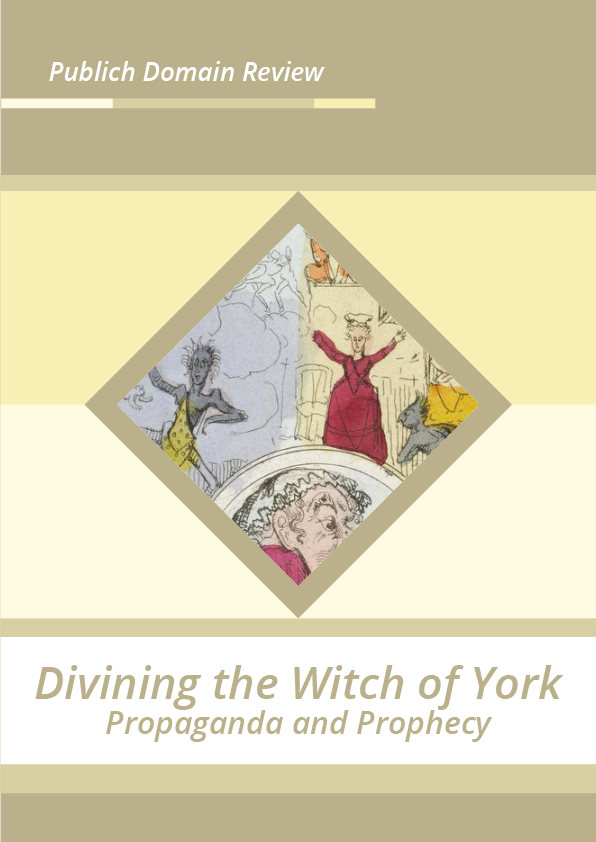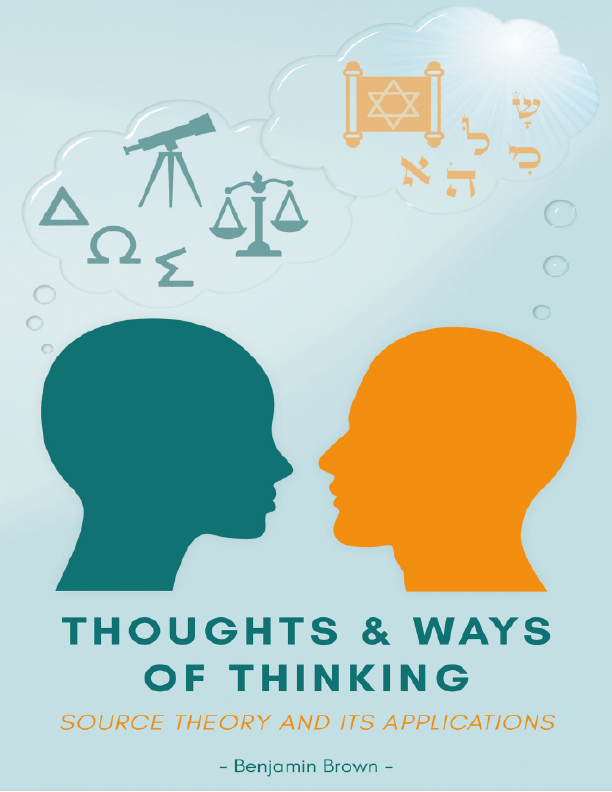Can children be made more psychologically ‘resilient’ to traumas like 9/11 – as well as the stress of everyday life? Emma Young meets a former school principal who believes they can.
“It was one of those perfect days. I think that’s what everyone remembers. And now whenever the day’s too perfect and the sky’s too blue, I think: what might happen?”
September 11, 2001. Lisa Siegman was in her first year as principal of Public School 3 (PS 3) in downtown Manhattan. Up on the fourth floor, the fifth-graders had a direct view down to the World Trade Center. “They had a perfect view of the towers,” Lisa says. “The kids saw people jumping. People were running into the halls of the school, just doubled over.”
PS 3 was far enough away to escape evacuation. But children from two other schools, PS 150 and PS 89, which were closer to the devastation, were sent there for safety. “People started converging on the school,” says Lisa. “We had parents wanting to take their kids, parents wanting to help; we had only two working phone lines.” By the afternoon the school had been identified as a potential site for a temporary morgue. Refrigerated trucks were lining up outside, along Hudson Street.
On what was just the sixth day of the school term, more than 5,000 schoolchildren and 200 teachers had to run for their lives. But kids all across the city were affected – from those who heard the non-stop sirens of the fire engines and ambulances to those in quieter neighbourhoods, who watched replays of the strikes over and over and over on TV.
By the end of that day the September 11th Fund had been established by two major local charities. Donations poured in. Money first went on immediate aid – hot meals for rescue workers, emergency cheques for victims and their families – and then funds were made available for programmes to help New Yorkers to recover. The damage wasn’t only physical, but psychological. Counsellors set up services in local churches, and psychiatrists came from around the country to offer their expertise and their insights. Thoughts turned to the city’s children – how would they deal with the stress and trauma?
Reference:
- Linda Lantieri’s Building Emotional Intelligence summarises her ideas and suggests resilience-building strategies for use with children of different ages.
- Resilience: The science of mastering life’s greatest challenges explains the ten factors associated with resilience, as identified by Dennis Charney and Steven Southwick.
- A 2012 article [PDF] reviewing resilience in children.
- A resilience quotient questionnaire, which lets you measure your resilience.
- The UK resilience programme evaluation: final report.
- The 2013 evaluation of the Penn programme published in the British Journal of Psychiatry.
- The Penn Resiliency Program
- The Mindfulness in Schools Project











